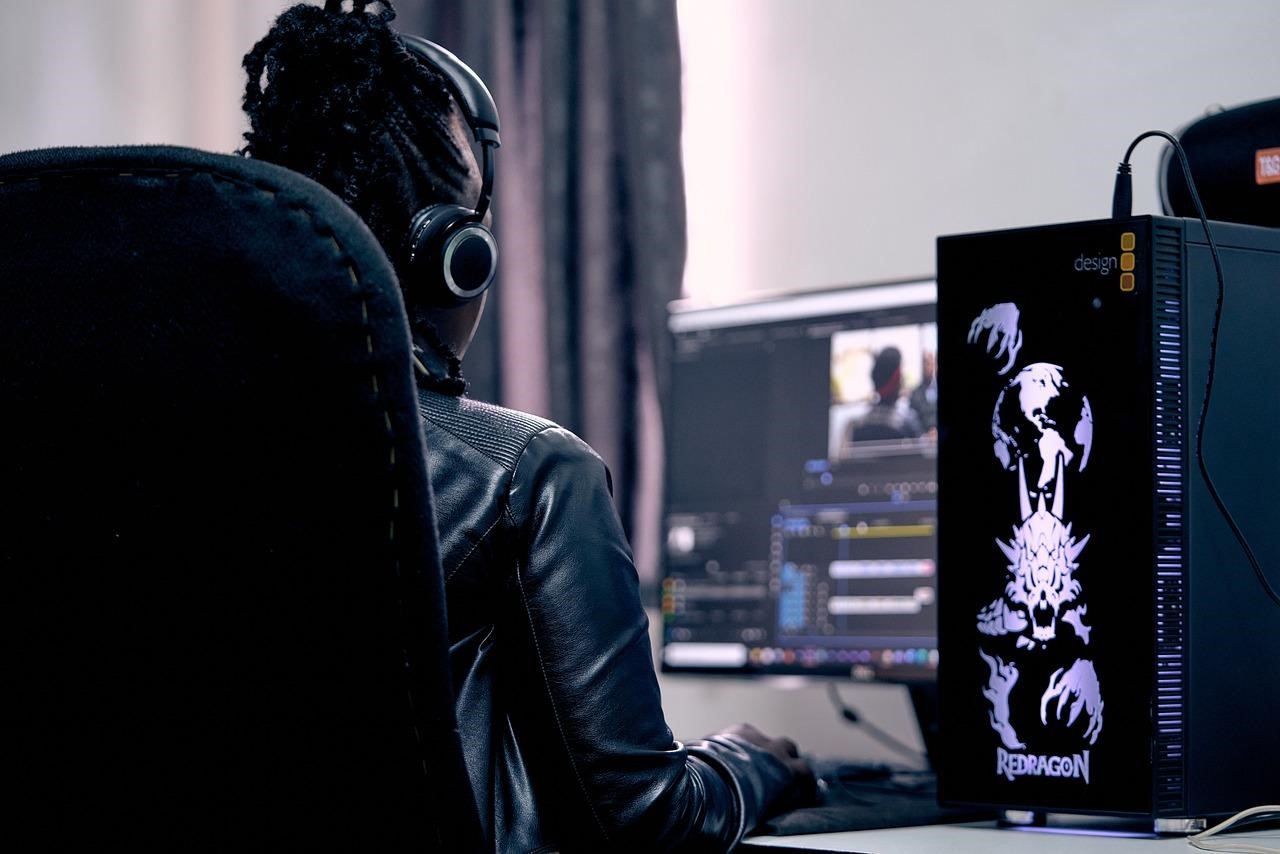If you’ve spent any time in the modern workplace, you’ve probably experienced a video conference or two. Love it or hate it, this tool has quickly become a staple in how we connect and collaborate. And it’s not just about avoiding awkward handshakes or sitting in traffic on your way to a meeting anymore. Video conferencing has reshaped how we do business, communicate, and even maintain relationships across vast distances.
It’s All About Convenience
Let’s face it: nothing beats rolling out of bed, throwing on a semi-decent shirt, and being “meeting ready” in five minutes. With video conferencing, you’re not tied down to a specific location. Whether you’re at home, in a café, or halfway across the country, you can hop into a meeting as long as you’ve got an internet connection. It’s convenience on steroids, saving you hours of commute time and the hassle of booking meeting rooms.
Beyond just saving time, this kind of accessibility ensures that even last-minute meetings can happen without stress. Got a client emergency? No problem. Need to quickly check in with your team before a big deadline? Easy. Video conferencing ensures that you’re always just a click away from the people you need to connect with, making it one of the most versatile tools in modern communication.
Global Reach, Minimal Effort
Imagine trying to coordinate a meeting with people in Sydney, London, and New York all at once. Without a video conferencing system, you’re either looking at exorbitant travel costs or endless email threads that lead nowhere. With a good video call, everyone gets to be in the same (virtual) room, no matter where they are. It bridges the gap between countries and time zones, making it possible for businesses to operate on a global scale without the added stress.
The best part is that it’s not just for big corporations. Small businesses, freelancers, and even individuals can take advantage of this technology to expand their reach. Networking, collaborating, and conducting business with people from around the world has never been easier. In a world that’s increasingly interconnected, video conferencing is the ultimate equalizer, enabling anyone to work beyond geographical boundaries.
Boosting Collaboration in Real-Time
You know that frustrating back-and-forth over email where nothing gets resolved? Video conferencing wipes that out. When people see each other face-to-face (even virtually), communication becomes sharper and more direct. You can share screens, present ideas, and hash out plans in real time without the usual delays.
Collaboration tools that integrate with video conferencing platforms take things a step further. From live document editing to instant file sharing, these features make it easier than ever to work together effectively. Plus, the visual element of video calls helps ensure that everyone is on the same page.
Building Stronger Connections
Body language, facial expressions, the occasional awkward smile – all of these things matter when you’re trying to connect with someone. Of course, emails and phone calls get the job done, but they’re missing that element of connection.
Video conferencing brings that back. Even when you’re miles apart, you can still pick up on the little things that make conversations feel real. For teams working remotely, this sense of connection is crucial.
It’s easy to feel isolated when you’re working from home, but regular video calls can help maintain a sense of team spirit. Seeing your colleagues, even through a screen, helps build trust. And for client relationships, video conferencing offers a more personal touch, making interactions more engaging and memorable than a simple email or phone call.
Supporting a Remote Workforce
The rise of remote work has been massive, and video conferencing is at the heart of making it work. Teams that are spread across different cities (or even countries) rely on these tools to stay connected. It’s how projects move forward and how employees stay in the loop.
Remote work comes with its own set of challenges, like feelings of isolation or miscommunication. Video conferencing helps bridge those gaps. Regular check-ins via video ensure that everyone feels involved and valued, no matter where they’re located. And for companies, it’s a way to tap into talent pools from around the globe without being restricted by physical location. The result is a more dynamic, diverse, and productive workforce that’s ready to tackle challenges from anywhere.
Preparing for the Future
Let’s get a bit futuristic here. Technology isn’t slowing down, and video conferencing is evolving fast. Features like AI-powered transcription, virtual reality meetings, and real-time translation are already making waves. By embracing video conferencing now, businesses and individuals are setting themselves up to adapt to the next big thing in communication.
The future of work is digital, and video conferencing is leading the charge. As these platforms become more sophisticated, they’ll open up new possibilities for how we collaborate and connect. From immersive virtual meetings to seamless integration with other tech tools, the potential is limitless. By getting comfortable with video conferencing today, you’re not just keeping up; you’re also getting ahead of the curve.
Conclusion
At the end of the day, video conferencing isn’t just a tech trend or a temporary fix for pandemic-era problems. It’s become an essential part of how we work, connect, and collaborate in a world that’s more digital than ever. So, whether you’re pitching a big idea to a client, catching up with your remote team, or just trying to avoid the commute, video conferencing is here to stay. And honestly, who wouldn’t want to save time and make their life a little easier?









